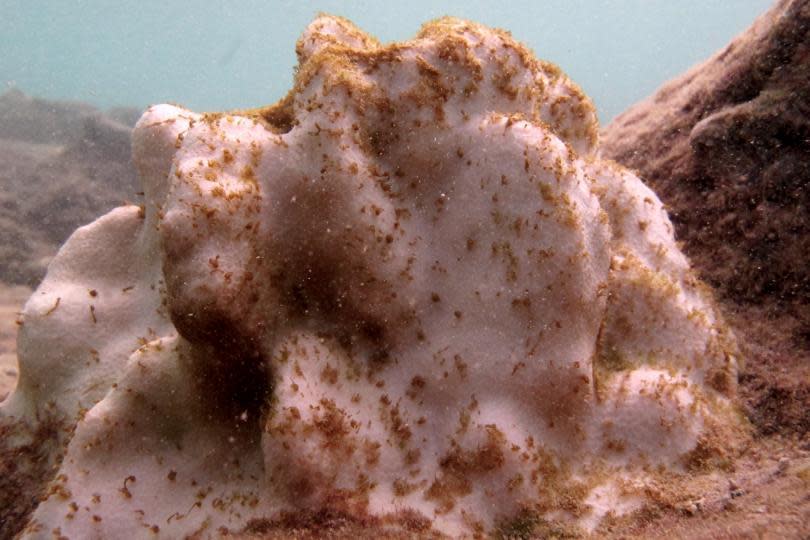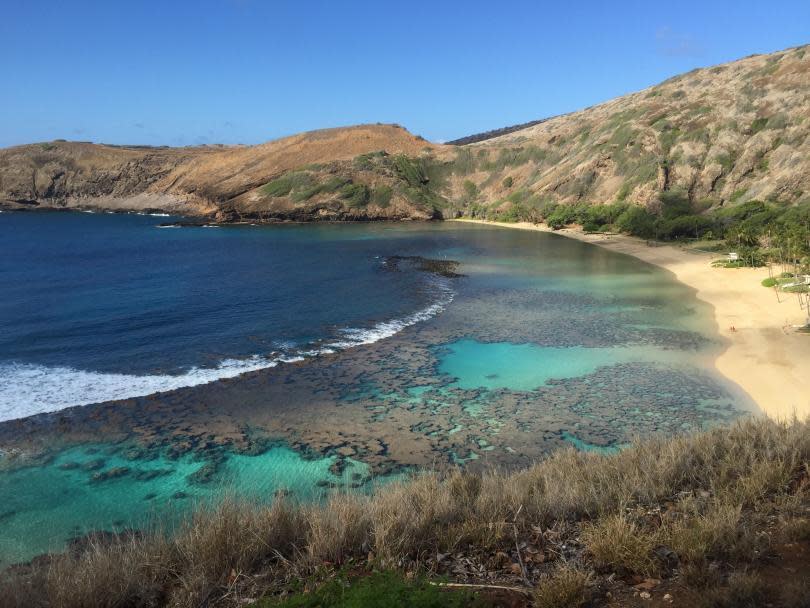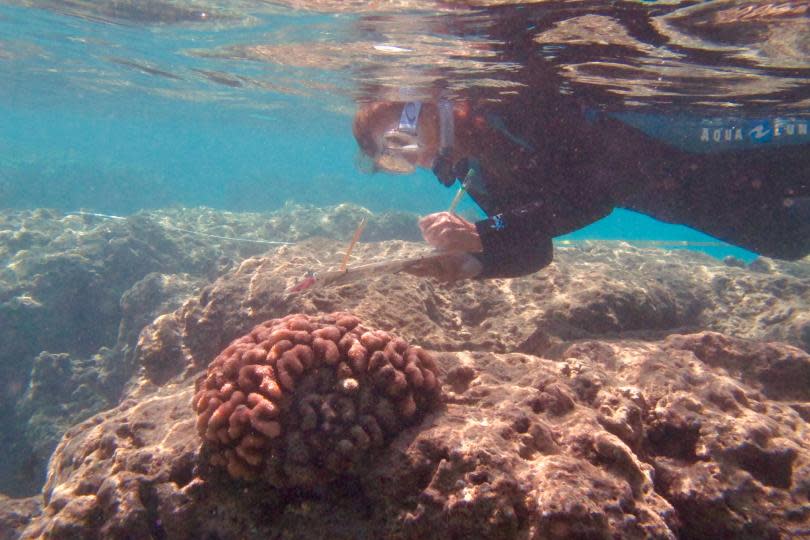Hawaii Corals At Risk Due To Climate Change
Of all the visible effects of climate change, one the most emblematic are corals. And while the Great Barrier Reef off Australia’s east coast is suffering horribly, having undergone two consecutive years of bleaching, it is hardly the only coral site that is facing negative impacts of warming ocean temperatures.
Hanauma Bay Nature Preserve (HBNP), a popular tourist destination and a protected area in O’ahu, Hawaii, is another place where corals near the shore are at risk of destruction due to the influence of the global trend of rising temperature. And the corals at O’ahu suffered through not two but three consecutive years of bleaching, from 2014 to 2016.
Read: Great Barrier Reef 2016 Bleaching Worse Than Previously Thought
Documentation of the bleaching, carried out by researchers from the Coral Reef Ecology Lab at the Hawai’i Institute of Marine Biology, found that 47 percent of reef flat corals at the nature preserve bleached overall, while 9.8 percent of corals died in the 2014 and 2015 bleaching events.

This is early signs of mortality on bleached coral colony. Photo: Keisha Bahr
The open-access research, published Tuesday in the journal PeerJ under the title “Patterns of bleaching and mortality following widespread warming events in 2014 and 2015 at the Hanauma Bay Nature Preserve, Hawai’i,” was undertaken by Paul Jokiel and his team from the marine biology institute. Jokiel’s Coral Reef Assessment and Monitoring Program has been keeping a watch on the corals in the area since 1999, and found a significant decrease in the shallow coral cover as early as 2002.
This is despite the fact HBNP is a protected area. There is no direct human fishing and harvesting in this part of O’ahu, leading to a great diversity in the local ecosystem. The variety of fish and marine life is a big draw for tourists.
Jokiel died in April 2016 but the other researchers explained in a statement Tuesday that warming seawater temperature “is by far the most influential factor in coral bleaching at this well-managed location where corals, fish, and all other organisms are protected.”
The loss of shallow coral cover at HBNP is not uniform, with some areas being affected more than others. This discrepancy was found to be related to a natural barrier built by coral reefs. The barrier, which runs from one end of the bay to the other, separating the shallow areas near the shore from deeper waters, also forms two channels of water from where cool water enters the shallow areas and goes back to the open ocean.

This is Hanauma Bay Nature Preserve on a Tuesday: the one day each week without visitors. Photo: Keisha Bahr
The highest amount of bleaching and coral mortality was found in the area where the water heated up and pooled. Places where water circulated regularly, with the warm water being flushed out and being replaced by cold water, were benefitted greatly in comparison.
The general increase in temperatures of ocean water is directly linked to the corresponding rise in global carbon emissions, and as more and more carbon is absorbed by the oceans, the temperature of the water will keep going up too.
Ku’ulei Rodgers, lead author of the paper, said in the statement: “Global climate change poses a direct threat to the biological sustainability of the protected reefs of Hanauma Bay Nature Preserve and a clear economic and cultural threat to the state of Hawai’i.”

Ku'ulei Rodgers conducting coral bleaching survey. Photo: Keisha Bahr
Corals are said to bleach when, under conditions of stress, they eject the colorful algae that live inside them in a symbiotic relationship. The algae provide about 90 percent of the corals’ energy needs, and when they leave, the corals first turn white — or get bleached — and eventually die.
“Warmer seawater temperatures are again predicted for the Hawaiian Islands in 2017 with the grave possibility of more coral bleaching and mortality,” Keisha Bahr, one of the paper’s co-authors, said in the statement.
Related Articles


